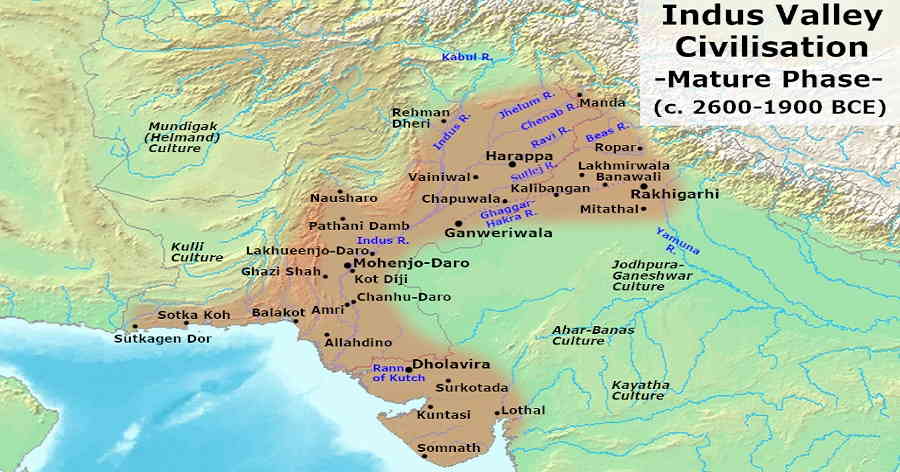
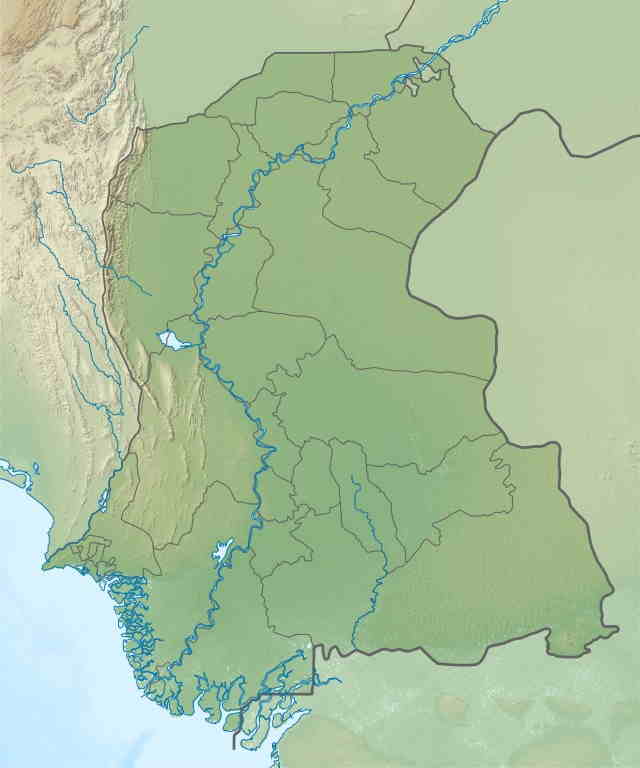
Mohenjo-daro, in modern-day Pakistan, was an ancient city belonging to the Indus Valley Civilization which flourished in the Bronze Age. Dating back to around 2600 BCE, it was one of the earliest cities in the world and one of the largest of the Indus Valley sites. Mohenjo-daro was built on a grid plan and was surrounded by a thick defensive wall. The city was divided into two distinct parts - the citadel, which housed the elite classes, and the lower city, which was occupied by the general population. The city was home to many public buildings, including a large Great Bath, which was used for ritual purposes. This bath was made of bricks and covered with a waterproofing layer of bitumen, making it one of the earliest examples of urban plumbing. Other public buildings in the city included two large granaries, a complex of factories, and a system of drainage channels. Mohenjo-daro also had a rich cultural life. A number of artifacts, including seals and figurines, have been found in the ruins of the city, which show the city's inhabitants had a highly developed art and craft culture. The city was abandoned around 1900 BCE and its site was rediscovered by archaeologists in the 1920s. The remains of the city provide many insights into the Indus Valley Civilization, and it is now recognized as a UNESCO World Heritage site. Mohenjo-daro is an important reminder of the sophistication and complexity of the Indus Valley Civilization. Its remains are a testament to the urban planning, engineering, and architectural sophistication of the people who lived there, and it is one of the earliest examples of urban life in the world.
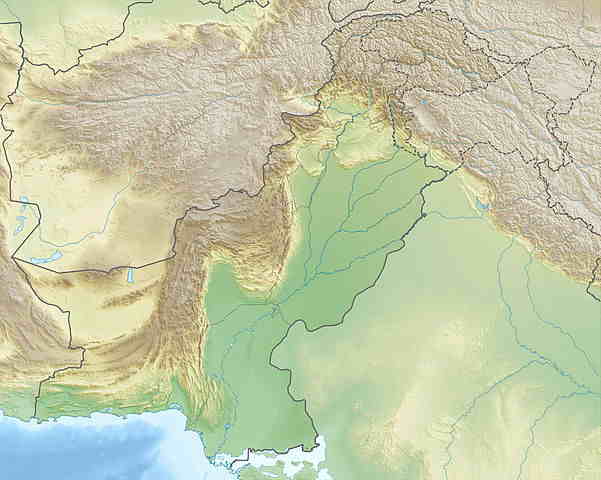
Harappa is an ancient city located in the Indus Valley Civilization. The city of Harappa was established around 2600 BCE and was home to a large and prosperous population. It was a well-planned city, with a citadel, or fortified area, located at the top of a large mound. The city was surrounded by a large brick wall, and had a complex network of streets and alleyways. The city was divided into two parts, the northern part was the Citadel, and the southern part was the Lower City. The citadel was the administrative and religious center of the city, while the lower city was the commercial and residential area. Harappa was a major trading center, with goods and materials being traded from the Indus Valley to other parts of Asia and the Middle East. Harappa was a highly advanced city, with a complex system of drainage and water supply, which was used for bathing and for washing clothes. In addition, Harappa had a sophisticated and well-developed system of weights and measures, and a system of writing. The city of Harappa was destroyed around 1900 BCE, possibly due to a natural disaster. Its ruins were discovered in 1921 by an archaeological team, and since then, excavations have revealed a wealth of information about the city and the civilization that inhabited it.

Kalibangan is an ancient city located in present-day Rajasthan, India. It holds great historical significance as one of the major Indus Valley Civilization. The city was excavated during the early 20th century, revealing a glimpse of the sophisticated urban life that thrived around 2500 BCE. The city's name "Kalibangan" is derived from two words: "Kali" meaning black, and "bangan" meaning mound, signifying the dark-colored archaeological site. Situated on the banks of the Ghaggar River, Kalibangan's strategic location facilitated trade and commerce, making it an essential center for the Harappan people. The city's layout was meticulously planned, with well-organized streets and drainage systems indicating a high level of urban planning. The discovery of a dockyard suggests its role as a trading hub. Kalibangan boasted impressive buildings constructed using bricks made from kilns, showcasing the technological advancements of the time.
The excavation uncovered a significant citadel area, believed to be the administrative and religious center of the city. It contained a large granary, indicating the importance of agricultural surplus and centralized governance. The residential areas showcased standardized brick houses with private wells, showcasing a sense of community and civic order. One of the most intriguing finds was the existence of a unique plow, providing evidence of early agricultural practices. Archaeologists also discovered numerous artifacts, including pottery, jewelry, and tools, shedding light on the daily life and craftsmanship of the Harappan people. As with other Indus Valley Civilization sites, the decline of Kalibangan remains a mystery. Some theories suggest environmental changes, natural disasters, or shifts in trade routes might have contributed to its eventual abandonment.
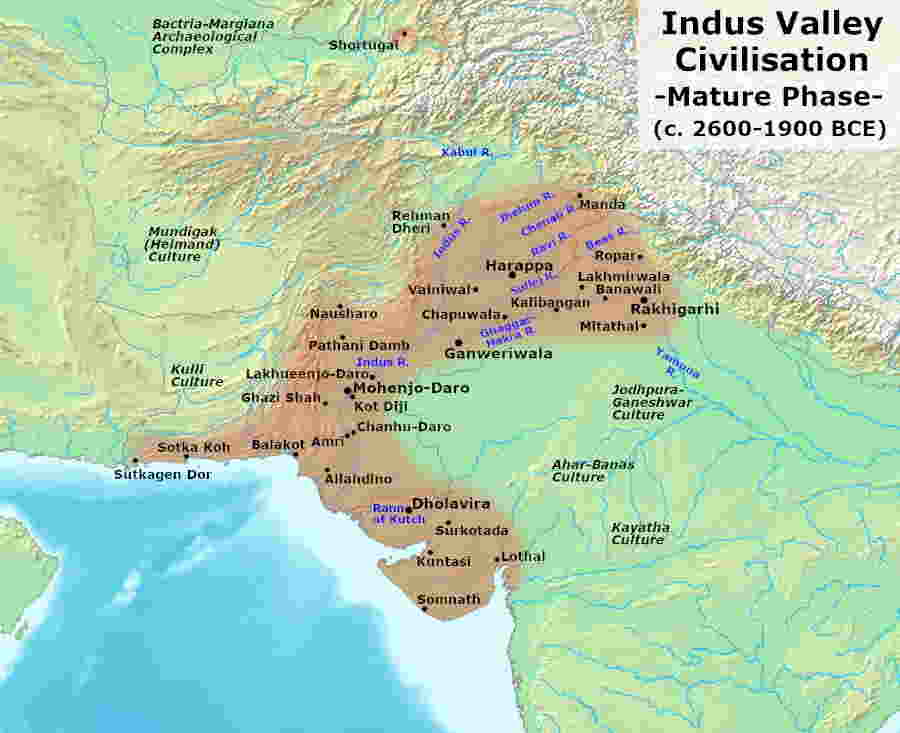
Lothal is an ancient city in Gujarat, India, located in the Bhal region of the modern state of Gujarat. It is one of the most important sites of the Indus Valley Civilization, and provides evidence of its urban culture and economic activities over 4,000 years ago. Lothal was a thriving port city from around 2400 BCE to 1750 BCE. It was connected to the other Indus Valley sites via a network of rivers and canals. It is estimated to have had a population of around 35,000 people at its peak. The city was likely founded as a farming settlement, and later developed into a trading port. Archaeological evidence suggests that it had a dockyard and was the only Indus Valley port city to have been built on the banks of a river. Lothal was home to a range of different crafts and industries. Evidence suggests that it was an important center for the production of shell ornaments and beads, as well as metal tools and weapons. The city was also a major center of trade, likely trading with Mesopotamia, the Persian Gulf and the Indus Valley. Archaeologists have found evidence of trade goods from these regions, including lapis lazuli, copper, tin and glass beads. Lothal provides a great deal of insight into the Indus Valley civilization. It was a large and vibrant city, and is often seen as the best preserved site of the civilization. The archaeological remains of the city provide evidence of the city's planning, its trade and its crafts.
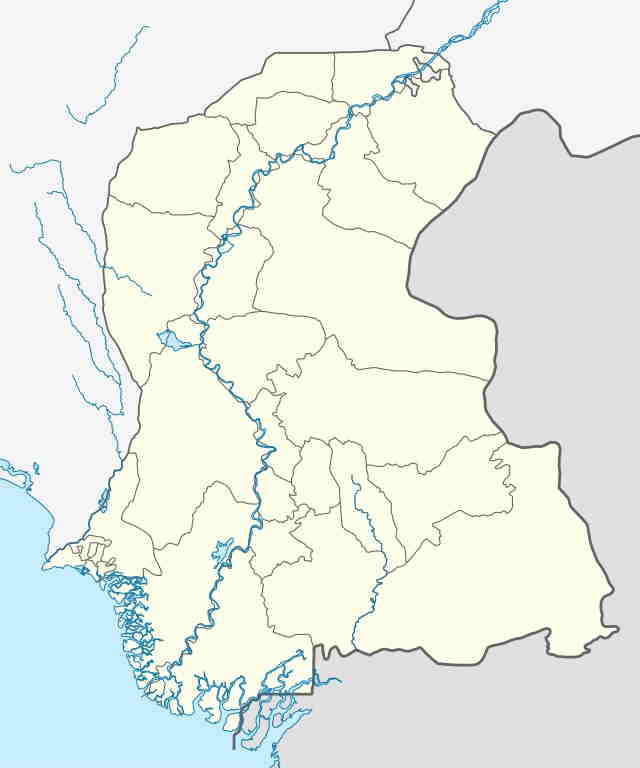
Chanhudaro is an ancient city located in the Sindh province of present-day Pakistan. It is one of the most important archaeological sites of the Indus Valley Civilization. The name "Chanhudaro" is believed to be derived from the local Sindhi words "Chhando" meaning moon and "daro" meaning mounds, possibly referencing the crescent-shaped mounds found at the site. Excavations at Chanhudaro began in the 1930s, revealing a wealth of archaeological treasures that shed light on the sophisticated urban life of the Harappan people. The city's strategic location on the eastern bank of the Indus River indicates its role as a significant trading and manufacturing center within the Indus Valley Civilization.
Chanhudaro's city plan displays a high level of urban planning. The settlement featured well-organized streets and alleys, suggesting a structured and orderly society. The discovery of a complex drainage system highlights the residents' focus on sanitation and public health. One of the notable features of Chanhudaro is its unique circular fire altars, considered to be religious or ritualistic structures. These altars, along with various seals and artifacts, provide evidence of the religious and cultural practices of the Harappan people. The city's economy thrived on trade and craftmanship. Excavations unearthed a plethora of artifacts, including pottery, beads, terracotta figurines, and metal objects, showcasing the advanced skills of the Harappan artisans and their engagement in long-distance trade with other regions. Evidence of specialized industries, such as bead making and shell working, suggests the presence of skilled craftsmen in Chanhudaro. The site's connection to other major Indus Valley cities, like Mohenjo-daro and Harappa, further reinforces its significance as a pivotal link in the trade network of the time.

Dholavira is an ancient city and one of the most remarkable archaeological sites of the Indus Valley Civilization, located in the Kutch district of Gujarat, India. Flourishing around 2600 to 1900 BCE, Dholavira is renowned for its well-preserved urban planning, advanced water management systems, and unique architectural features. The name "Dholavira" is derived from the Gujarati words "dhol" meaning large drum and "vira" meaning mound, named after a large stone signifying the site's location. It was discovered in the 1960s and excavated later, revealing a treasure trove of artifacts and insights into the ancient Harappan civilization.
The city of Dholavira was spread over a massive area of around 100 hectares, divided into two main parts: the Citadel and the Lower Town. The Citadel, located on a higher platform, was the administrative and possibly the religious center of the city. It featured massive walls, multi-story buildings, and reservoirs, indicating a highly organized society. Dholavira's advanced water management system is its most significant feature. The city relied on a series of massive reservoirs and intricate rainwater harvesting structures, including large circular rock-cut stepwells called "baoris," to collect and store water during the monsoon season. This water storage system allowed the city to sustain its population during the dry months, showcasing the inhabitants' knowledge of hydrology and engineering. The Lower Town consisted of residential areas and smaller structures. The houses were well-planned with brick walls and private bathing areas, displaying a sense of community living and hygiene consciousness.
Dholavira's significance is further underscored by the discovery of the world's earliest known signboard, bearing Indus script characters. While the Indus script has not been deciphered yet, it suggests the existence of a sophisticated writing system during that era. Trade played a crucial role in Dholavira's economy, evident from the discovery of artifacts like beads, pottery, and objects made of semi-precious stones, suggesting a thriving trade network with other Indus Valley cities and regions outside the civilization. Today, Dholavira stands as a UNESCO World Heritage Site and a testament to the ingenuity and advancement of the Indus Valley Civilization.

Banawali is an archeological site located in Fatehabad district in the Indian state of Haryana. It is important as a significant site of the Indus Valley Civilization, dating back to 2600 BCE. Banawali was first discovered in the late 19th century by British archaeologists and has since been the subject of further archaeological excavations. The site is believed to have been founded in the Early Harappan period and is one of the oldest cities of the Harappan civilization. It is surrounded by a large fortification wall, believed to have been built around 2600 BCE. The fortification wall suggests that the city was an important urban center of the period. The fortification wall is around 12 meters in height and is 7 meters thick. The excavations at Banawali have revealed an advanced urban culture with well-planned streets, drainage systems, and many large public buildings. The city had a large public bath with an elaborate drainage system, which indicates that the city had advanced water management and sanitation systems. Also unearthed were a number of terracotta figurines and objects, including a large number of ritual terracotta figurines of a variety of animals. These figurines are believed to have been used in religious ceremonies and suggest that the city was an important religious center. Banawali is also known to have been a trading center, with evidence of long-distance trade with other cities of the Indus Valley civilization. The city had a number of large public structures, including a granary, a large public pool, and a citadel. The granary suggests that the city had an organized system of food storage and distribution.